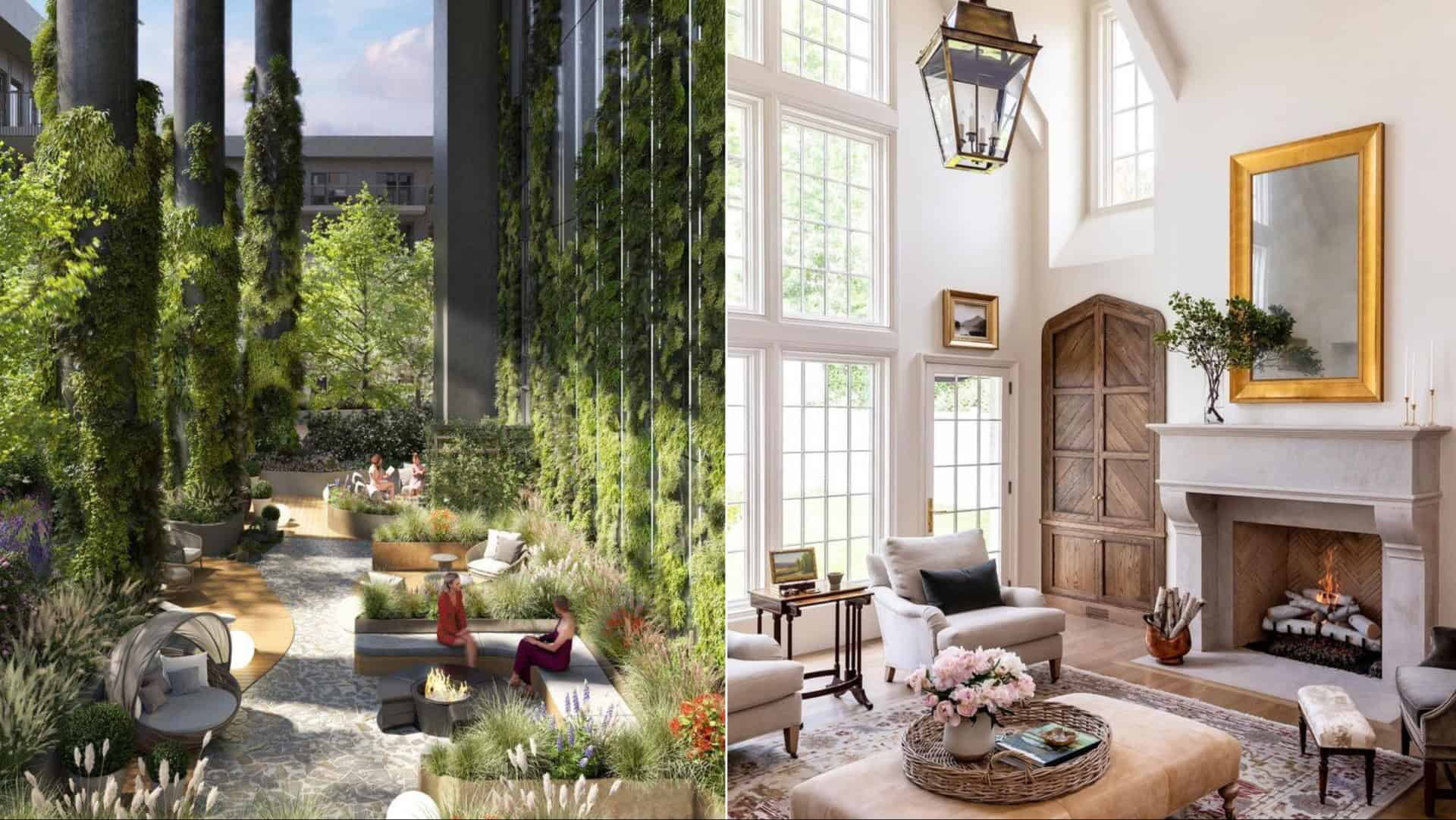Architecture extends far beyond mere construction; it crafts the way spaces influence our emotions and behaviors.
Have you ever entered a space that suddenly made you feel calm or tense, without knowing why? That’s the subtle power of design.
Beyond creating structures, we create experiences that shape how we feel and act.
1. Open Courtyards and Reflection
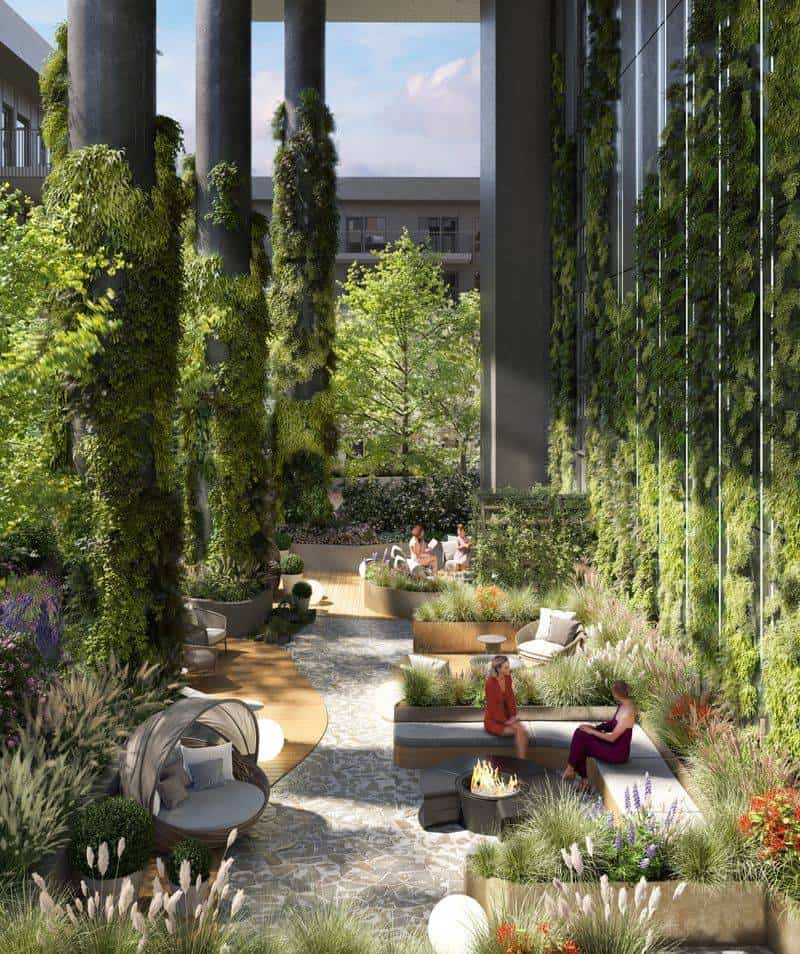
Open courtyards encourage us to slow down and breathe. The openness invites reflection and relaxation, providing a mental escape from the hustle and bustle.
It’s a space to pause, where architecture seamlessly merges with nature to nurture our well-being.
2. The Calming Effect of Natural Light
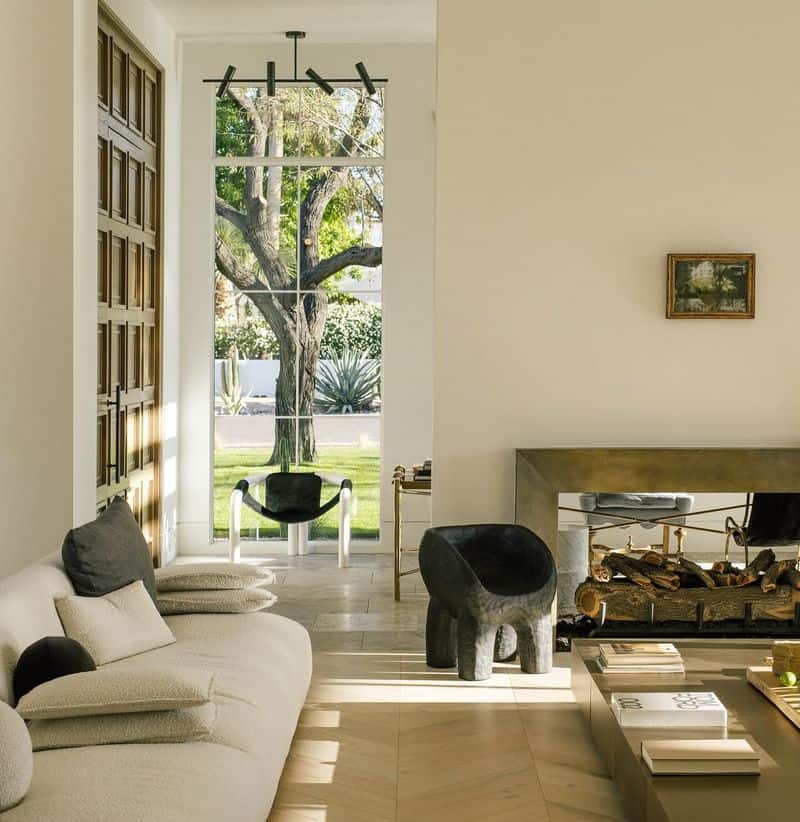
Natural light has an uncanny ability to soothe the soul. A room filled with sunlight can make us feel more at ease, enhancing our mood and productivity.
It’s not just about brightness; it’s about the warmth that daylight brings, creating an inviting and uplifting environment.
3. Curved Walls and Comfort
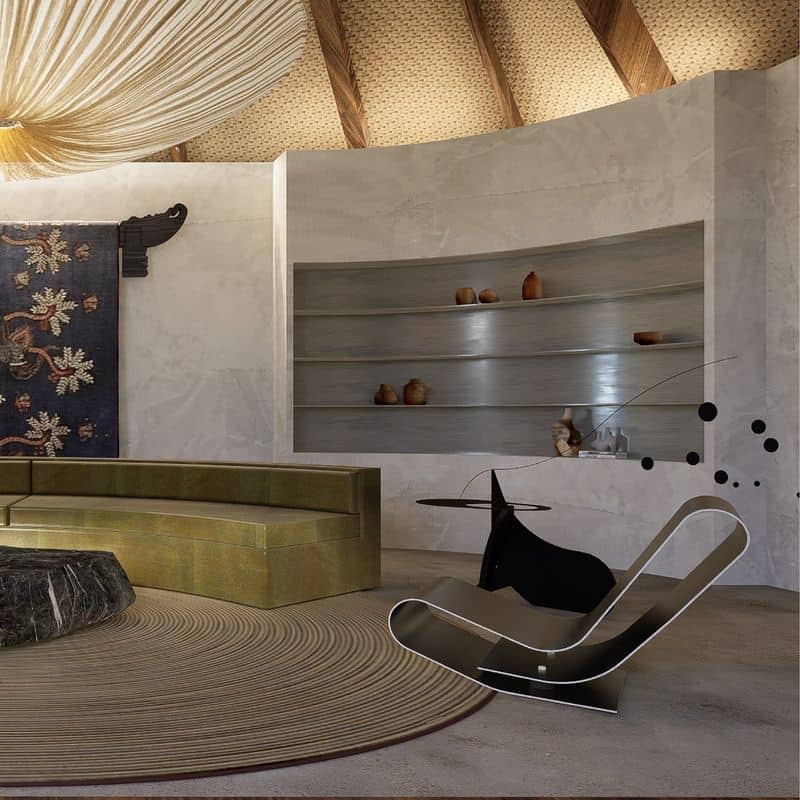
Curved walls bring a sense of comfort and safety. Unlike sharp angles, which can feel aggressive, curves are gentle and inviting.
This subtle design choice can transform a space into one that feels embracing and welcoming, offering a sense of security and ease.
4. Narrow Corridors and Pace
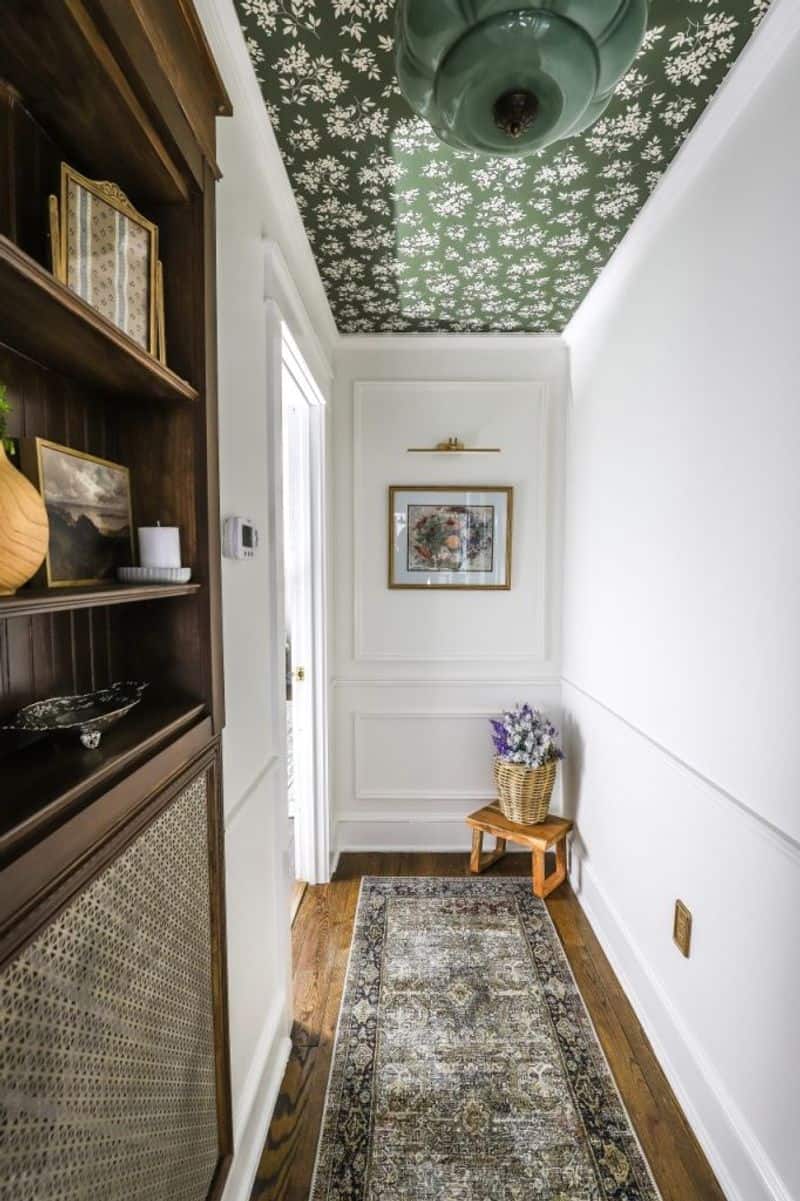
People tend to walk faster in narrow corridors. This isn’t just a coincidence; it’s an instinctual reaction.
The confined space subconsciously prompts us to quicken our pace to get somewhere more spacious and relaxing.
Design subtly guides our movements without us realizing it.
5. Sharp Angles and Alertness
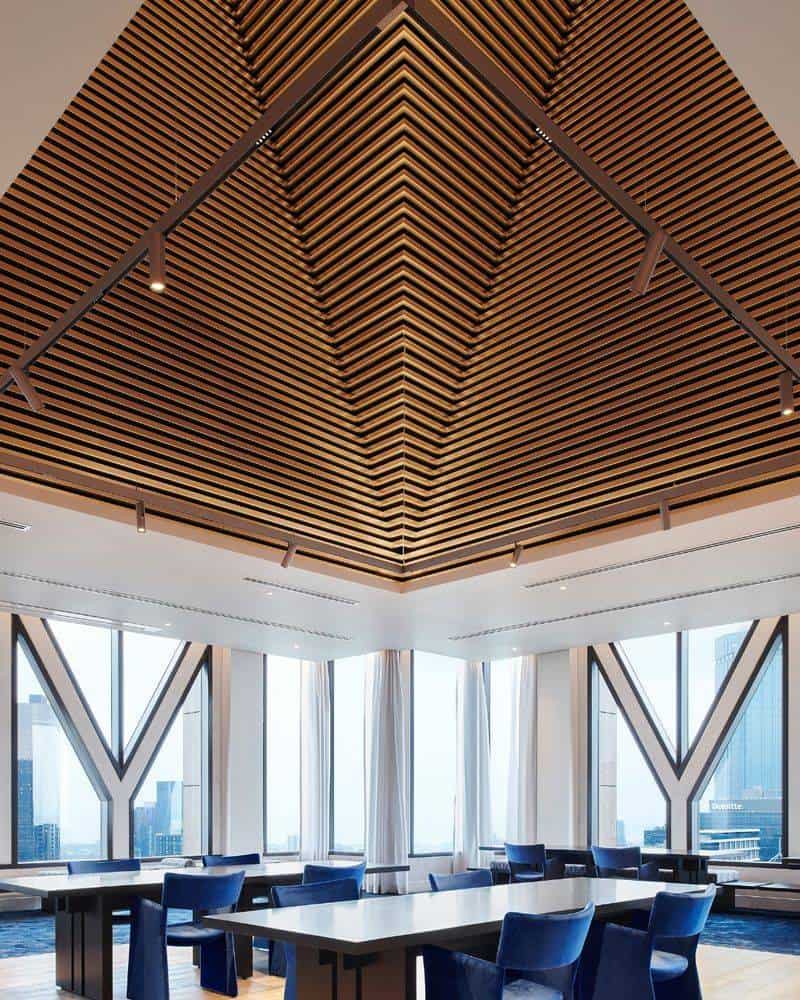
Sharp angles in architecture often lead to heightened alertness.
They create a sense of precision and modernity, but can also induce a subconscious feeling of caution.
This edgy design element keeps us on our toes, engaging our senses in unexpected ways.
6. Intuitive Pathways
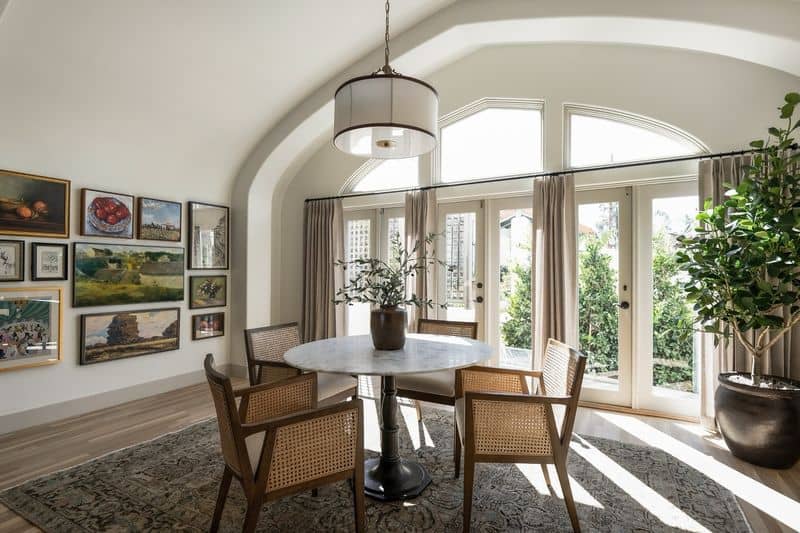
Intuitive pathways lead us effortlessly through spaces.
The design invites exploration without confusion, as if the paths themselves are gently nudging us in the right direction.
This subtle guidance creates a harmonious journey, making navigation feel instinctual.
7. Strategic Door Placement
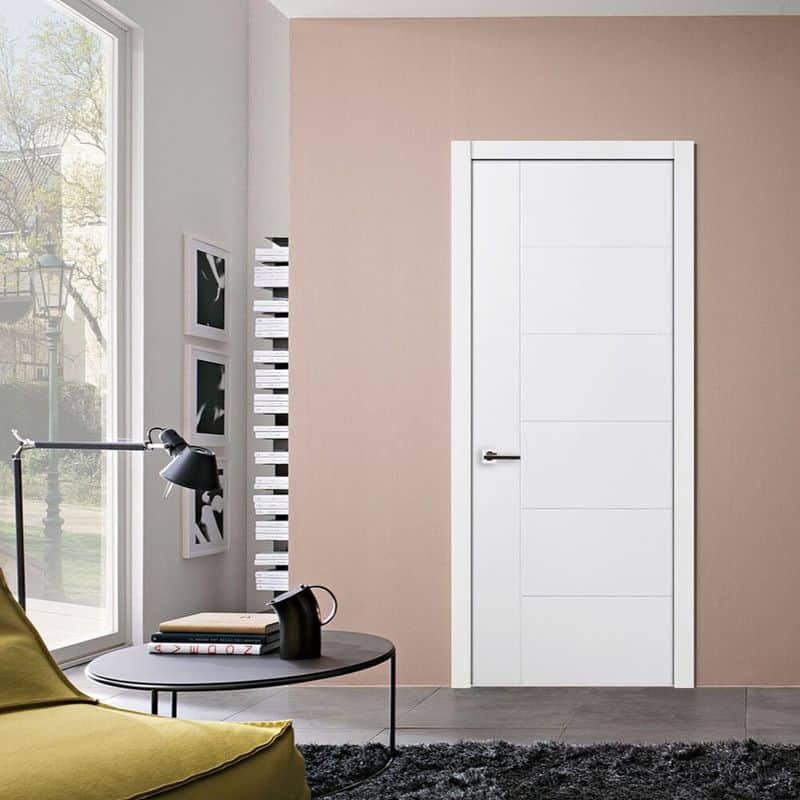
Strategic placement of doors can dictate the flow of movement.
A well-placed entrance invites and directs visitors seamlessly, enhancing accessibility and functionality.
It’s a small detail with a large impact, ensuring smooth transitions between spaces.
8. The Impact of Ceiling Height
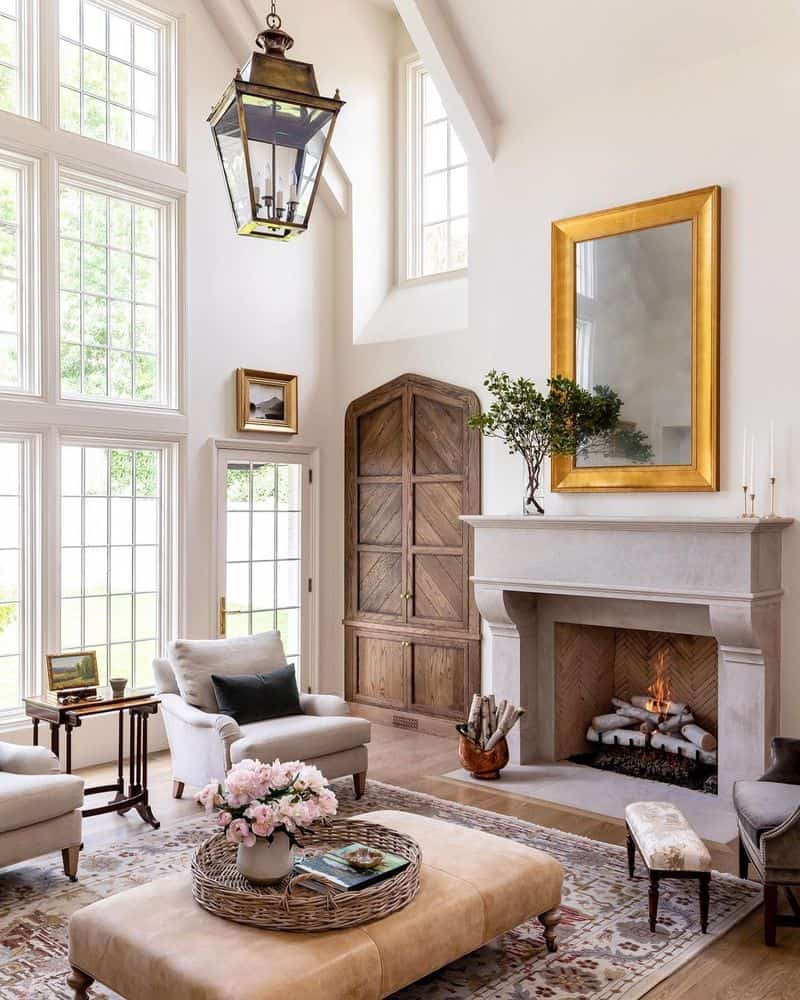
High ceilings can evoke a sense of grandeur and freedom. They open up a room, making it feel more spacious and liberating.
This design element not only enhances aesthetics but also affects how we perceive the space, often making us feel more inspired and creative.
9. Color Psychology in Design
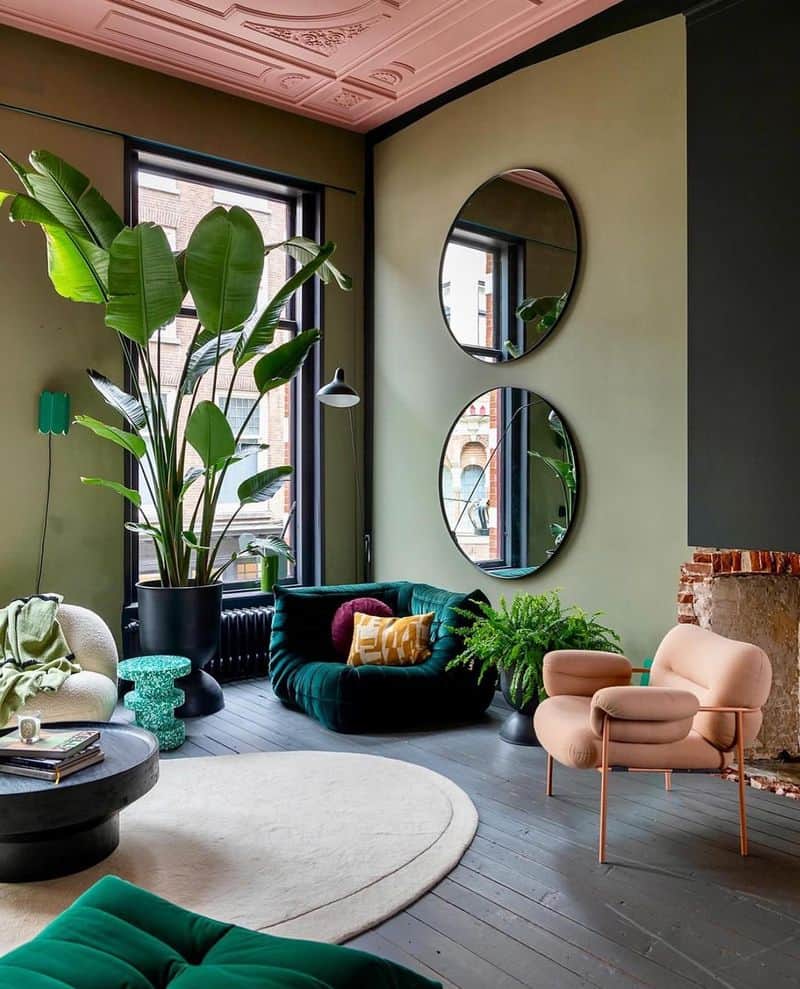
Color choices in architecture wield significant influence over our emotions. Bright, bold colors can energize us, while softer hues have a calming effect.
The psychology of color is a powerful tool, subtly shaping how we feel within a space.
10. Soundscapes and Acoustics
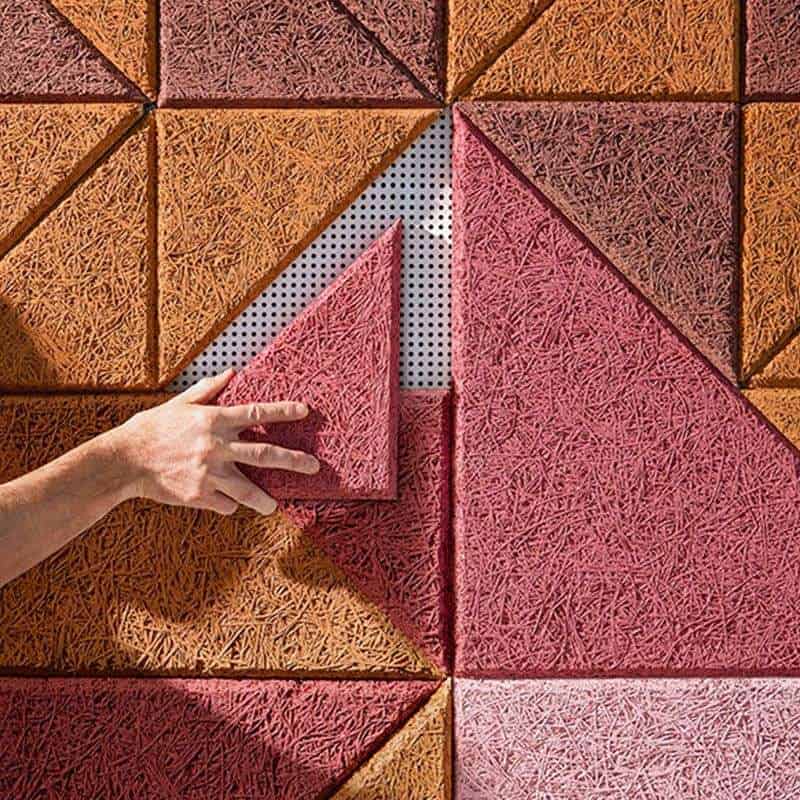
Acoustics play a crucial role in how we experience a space.
Well-designed soundscapes can enhance clarity and enrich experiences, whether in concert halls or quiet rooms.
The auditory environment, often overlooked, is a key component of architectural impact.

